Conserving and recovering the Mediterranean landscape
In the past decades, one of the main factors for the decline of many Iberian species has been the loss and fragmentation of the Mediterranean landscape, mainly as a result of human activities including the construction of transport and other infrastructure, abandonment of agricultural land, intensification of agriculture and overgrazing. As a consequence, important habitats have been lost, including areas of dense vegetation such as cork and holm oak woodlands and shrublands, that are very important for shelter and breeding for species such as the Iberian Lynx. Many of the features within the landscape that connect good habitat and help species move around including wooded streams and tree and shrub belts have also been lost, further fragmenting the landscape.
What have we done?
• Identified priority areas for implementation of conservation measures
• Signed 28 cooperation agreements with landowners, farmers and hunting managers
• Intervened on more than 18.000 ha of land with conservation measures and adequate management of the Mediterranean landscape
• Created 56 ha of ecological corridors for the Iberian Lynx across olive groves to improve the connectivity conditions between favourable habitat areas
• Regular presence in the intervention regions and maintained contact with dozen of rural landowners and promoters of all-terrain competitions/tours in order to detect, minimize and prevent potential sources of disturbance to the Mediterranean landscape and to the target species
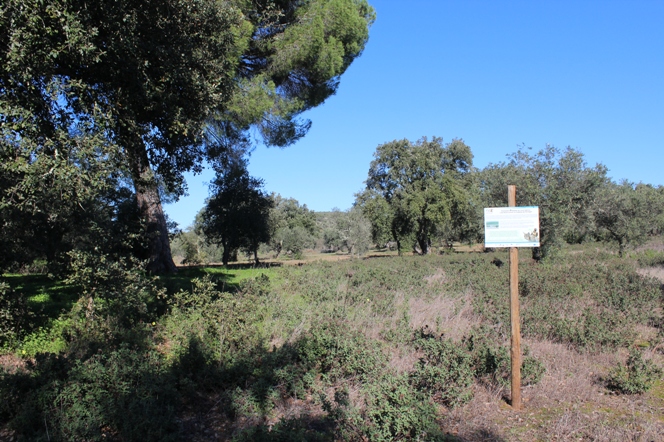 |
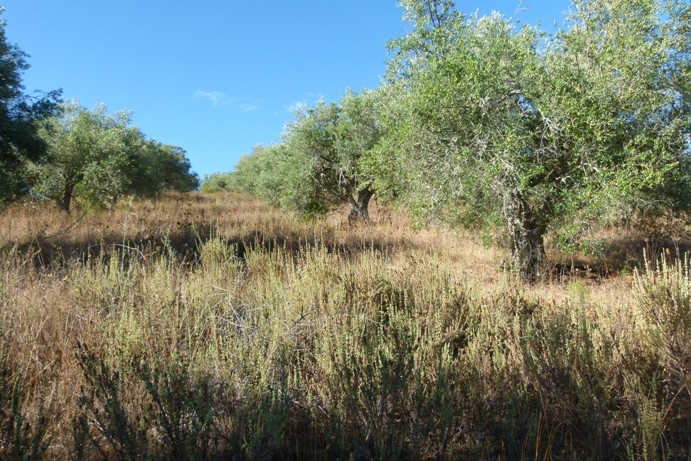 |
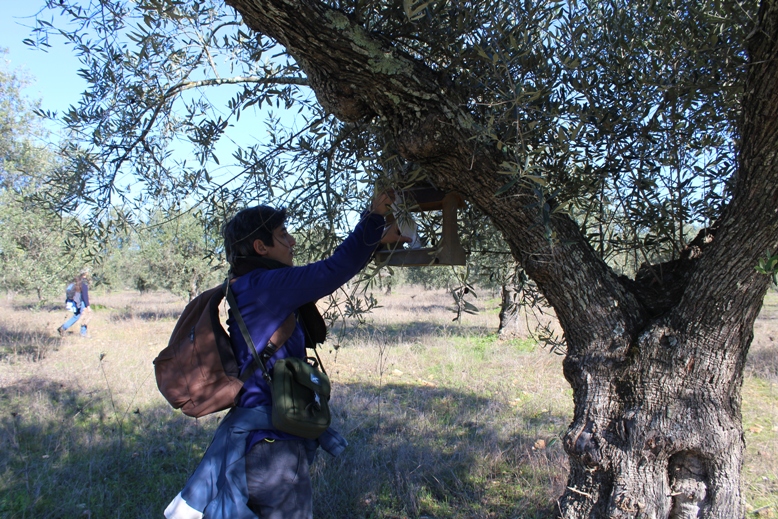 |
| Ecological corridors for the Iberian Lynx across olive groves |
Enhancing habitat conditions to support the establishment of populations of the target species
The ongoing loss and fragmentation of the Mediterranean landscape combined with increasing human disturbance, results in fewer areas of suitable breeding habitat for the Iberian Lynx and the Black Vulture.
What have we done?
• Carried out a study to assess the health of animals that share habitat with the Iberian Lynxincluding identifying the type and prevalence of diseases that they carry within the project area. This provides an important basis for future work, including diseases surveillance (monitoring of the patterns, causes, and effects of diseases), which are critical to ensure the success of future programmes to reintroduce Iberian Lynx back into Portugal
• Constructed 8 experimental artificial dens for Iberian Lynx in areas that have good conditions for the species but lack suitable breeding places. The dens have been used by other mammalian carnivores that also prefer trees for denning including the stone marten and the common genet
• Installed 30 artificial nests for the Black Vulture (with no occupation evidence by Black Vulture up until the end of the project)
 |
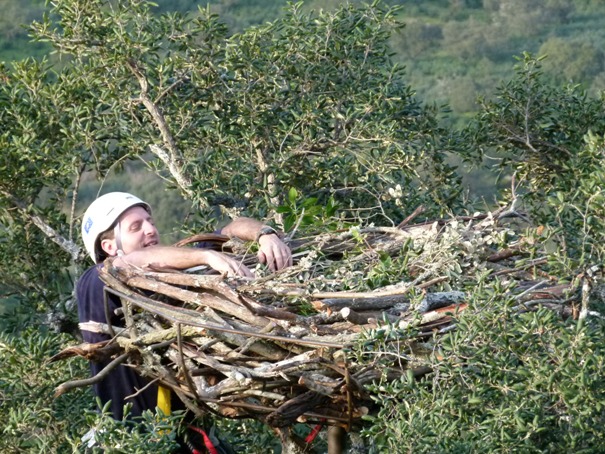 |
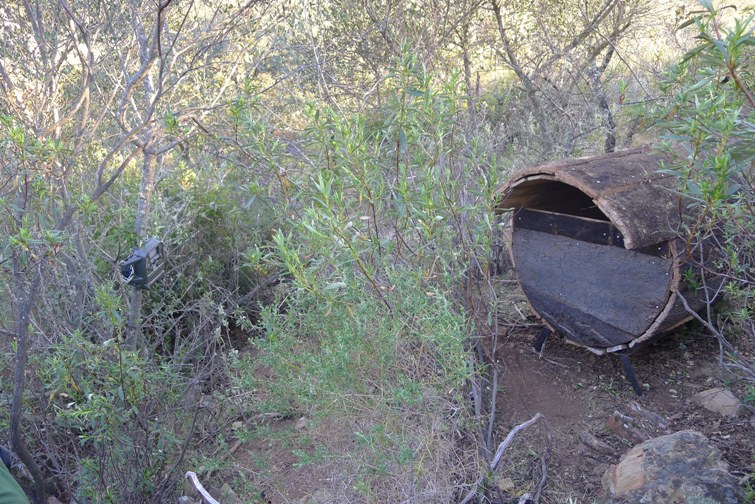 |
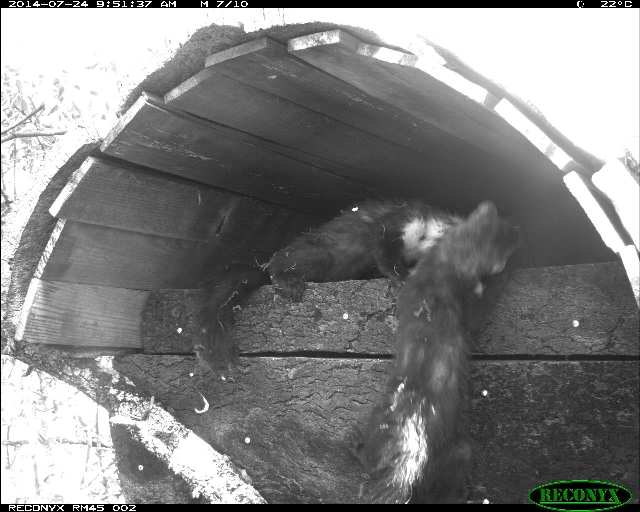 |
| Study to assess the health of animals that share habitat with the Iberian Lynx |
Artificial nest for Black Vulture |
Artificial den for Iberian Lynx |
|
Increasing food availability for the Iberian Lynx and the Black Vulture
The abandonment of traditional agricultural activities, which provided food and shelter for many game species, and the introduction by humans of two serious infectious diseases (myxomatosis and viral hemorrhagic disease), has led to a sharp decline in wild rabbit populations. This is one of the main food sources for the Iberian Lynx and the Black Vulture. Furthermore, the application in Portugal of health and hygiene rules introduced by the European Union requiring animal carcasses to be removed from fields, combined with the trend towards the year round housing of livestock, has reduced the food available for scavengers such as the Black Vulture.
What have we done?
• Created a network of 10 feeding stations which provide food for scavenger birds in a legal, clean and healthy way. More than 30 tons of food has been provided in more than 300 supplies during the project. As consequence, the network is being regularly used particularly in the region of Mourão, Moura and Barrancos. Eight species of raptors have been seen scavenging at the stations, six of which are threatened species including the Black Vulture, the Egyptian Vulture and the Spanish Imperial Eagle
• 25ha of soil has been managed and seeded to improve the quality of pastures for wild rabbit. This work was delivered together with local hunting managers (who provided the seeds) and included the fertilization and correction of soil acidity levels in areas before sowing with grass seed
• Installed and maintained 10 electric fences to protect seeded pastures for wild rabbit from other grazing animals including red deer, wild boar and domestic cattle
• Constructed 3 protection enclosures for wild rabbit and improved 1 breeding enclosure to minimize the predation on this species. This protection infrastructure allows the rabbit to breed safely and faster. The rabbits then move out into surrounding areas thereby increasing the amount of food available for the lynx and vulture
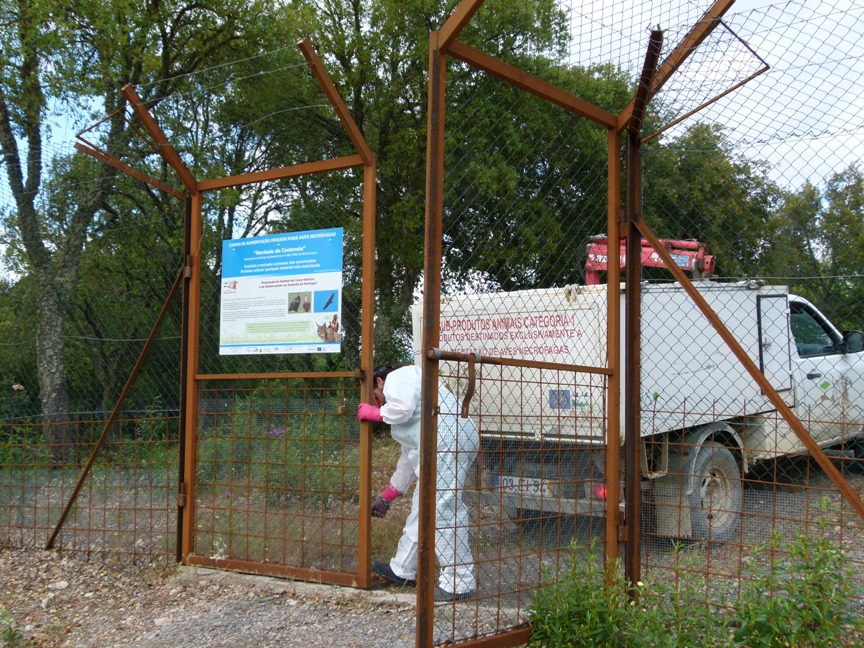 |
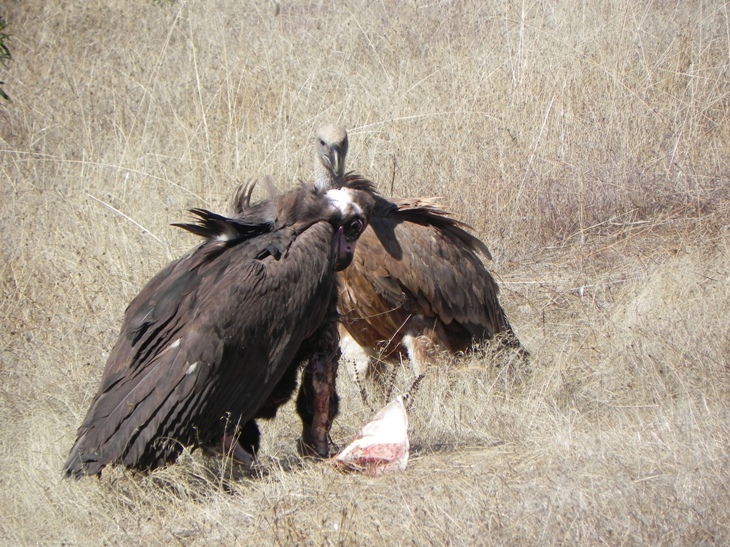 |
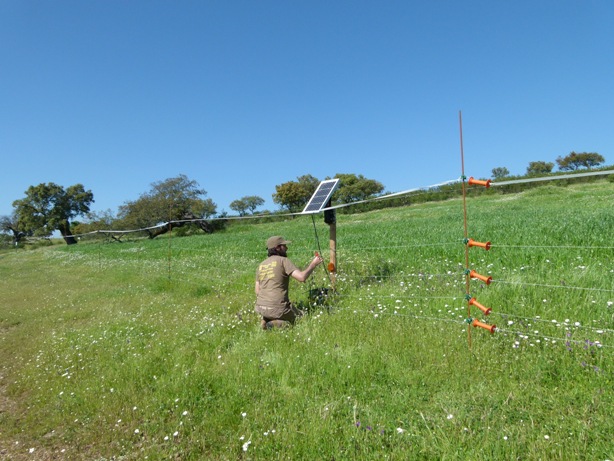 |
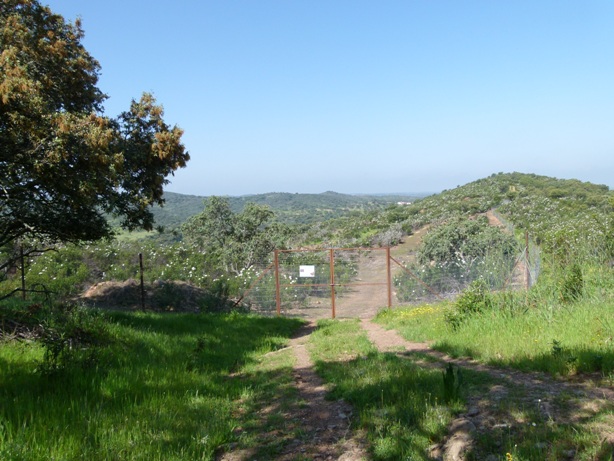 |
| Feeding station for scavenger birds |
Black Vulture in feeding station |
Electric fence protecting pasture for wild rabbit |
Protection enclosure for wild rabbit |
Raising awareness and involving civil society
The lack of knowledge regarding the ecological importance of the Iberian Lynx and Black Vulture means that people do not value them and, as a result, many individuals from these species are killed due to human actions such as poisoning, road-kill and/or direct persecution. With such small population numbers the impact of the death of one individual of Iberian Lynx or Black Vulture is very high.
What have we done?
• Held 4 thematic workshops (on the construction of artificial nests, feeding stations, sustainable management of olive groves and the Mediterranean landscape).
• Participated in dozens of regional and national fairs
• Organized visits for local stakeholders and students to see the project’s activities in the field
• Held two dozen information meetings with the participation of more than 500 residents and local stakeholders
• Held around 180 environmental educational activities reaching more than 3.000 children and teenagers and 170 teachers and other staff from 40 schools
• Conducted surveys and public participation sessions to get to know the perceptions and attitudes of residents and specific interest groups regarding the two target species and the management of habitat for them. The results allowed the project team to better understand and take into account inherent social conditions when applying the project’s conservation objectives. This social understanding and engagement contributed to the project’s success, enabled the more effective involvement of local people in project actions and identified future needs for actions involving local people in the post-project period
• Participation of around 70 volunteers in the actions developed (eg. monitoring of vulture’s populations)
• Contacted almost 100 landowners, hunting managers, farmers and olive producers and engaged, half of them directly in the project
• Presented the project and its results at 25 national and international scientific meetings
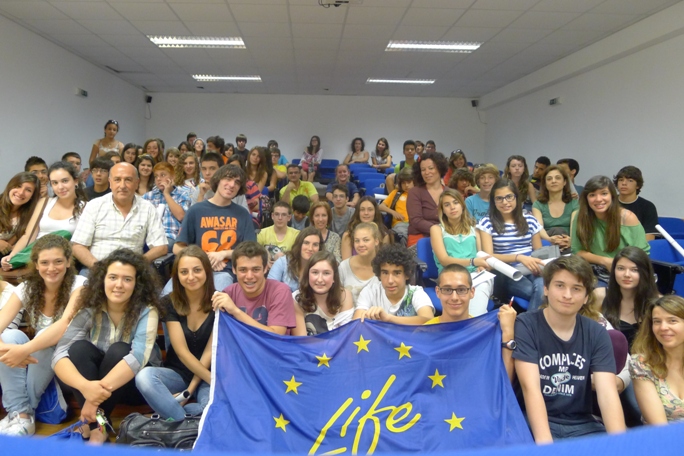 |
 |
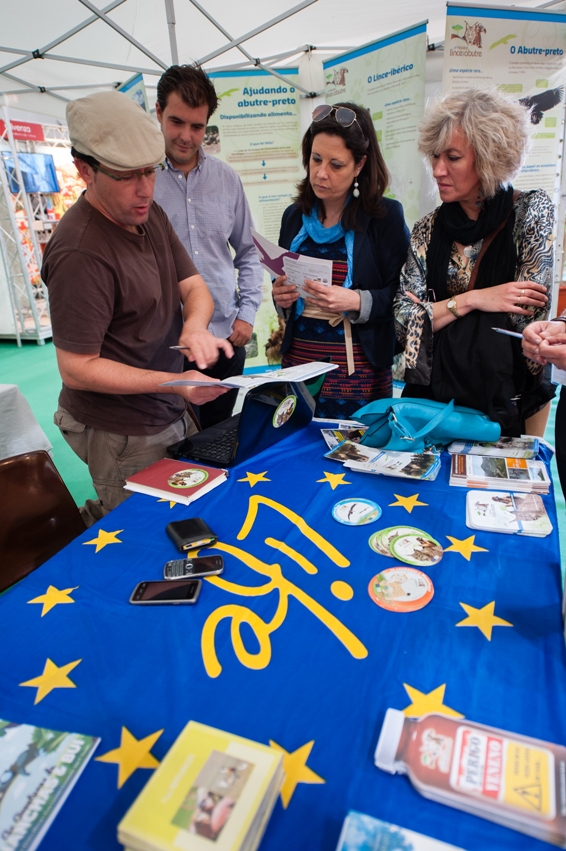 |
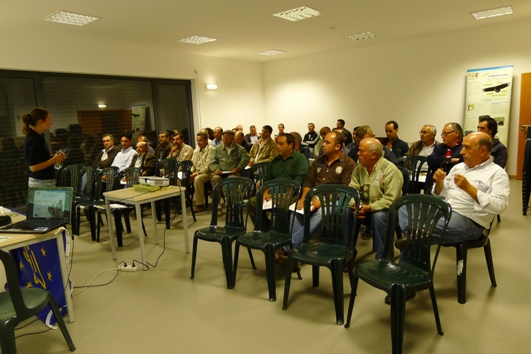 |
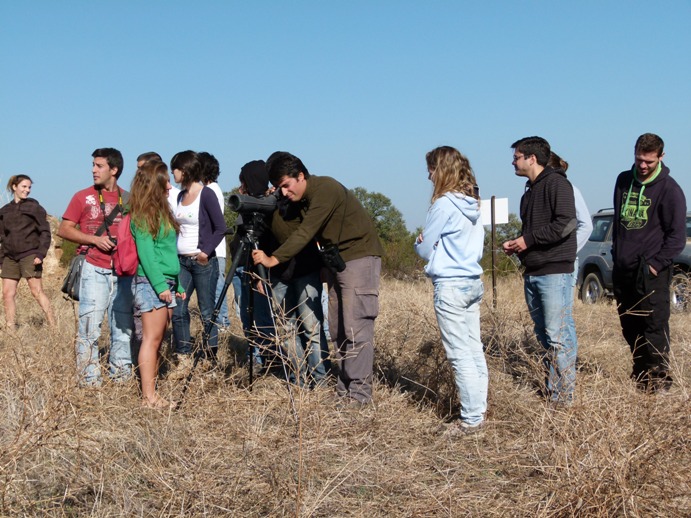 |
| Talk at high school |
Activity at elementary school |
Participation in fair |
Information meeting at local community |
Visit to the measures implemented in the field |
Communication and dissemination of the project
The communication and dissemination activities of the project also helped to decrease the lack of knowledge of the population. Activities included a dedicated project website, various publicity and information materials for dissemination, a touring exhibition and notice boards (which were placed in locations close to where the conservation measures were implemented). Whenever possible information on the project was disseminated through national and local media including interviews, documentaries and press releases.
Our main achievements
• Increase of public’s knowledge about the Iberian Lynx, the Black Vulture and the Mediterranean landscape, as well as of the importance of their preservation, promoting everyone’s involvement in their conservation
• Contributed to the standardization of the process of creation and management of feeding stations for scavenger birds of prey
• Created the first network of feeding stations for scavenger birds of prey in the South of Portugal
• Integrated the “Regional Action Plan for the Conservation of Black Vulture”, completed under this project, within the process developing the “National Scavenger Birds’ Conservation Strategy in Portugal”
• Completed a proposal for implementation by the national authority for nature conservation (ICNF) of the “Mitigation Plan of the Use of Poison”
• Completed the first study and assessment of the health and prevalence of diseases within wild and domestic animals that could share diseases and habitat with the Iberian Lynx
• Established ecological corridors in the mountains of Adiça and Ficalho increasing the connectivity and the availability of habitat for the Iberian Lynx in this region
• Involved several public and private entities in the conservation of the Iberian Lynx, the Black Vulture and its habitats